
The Sacred Ensembles of the Hoysala Reach a Global Audience
Meera Iyer, an independent researcher, on the Sacred Ensembles of the Hoysala Temples, that recently made to the UNESCO World Heritage List.

Get exclusive access to curated thought pieces contributed by design professionals, academicians and theorists. A section, supported by our features readers, not advertisers.


Meera Iyer, an independent researcher, on the Sacred Ensembles of the Hoysala Temples, that recently made to the UNESCO World Heritage List.

Meera Iyer, an independent researcher, on the Sacred Ensembles of the Hoysala Temples, that recently made to the UNESCO World Heritage List.

Luxury hospitality and sustainability are often seen as opposing concepts. But Suryagarh and Narendra Bhawan oppose this dichotomy. Deepika Srivastava explores this dynamic in a conversation with Ayush and Geetanjali Kasliwal, and Manvendra Singh Shekhawat.

Luxury hospitality and sustainability are often seen as opposing concepts. But Suryagarh and Narendra Bhawan oppose this dichotomy. Deepika Srivastava explores this dynamic in a conversation with Ayush and Geetanjali Kasliwal, and Manvendra Singh Shekhawat.
Like what we publish? You’ll surely like our newsletter too. Join the club!
// Perspective//

Despite its near-monopoly and widespread popularity, a growing number of architects from small, medium, and large firms across India are voicing concerns about the Autodesk’s aggressive tactics and pricing model, threatening to tarnish its once-sterling reputation.

Architectural Heritage in India series begins with a conversation with Dr. Shikha Jain, focussing on DRONAH’s work, challenges in working with different institutions, and architectural pedagogy.
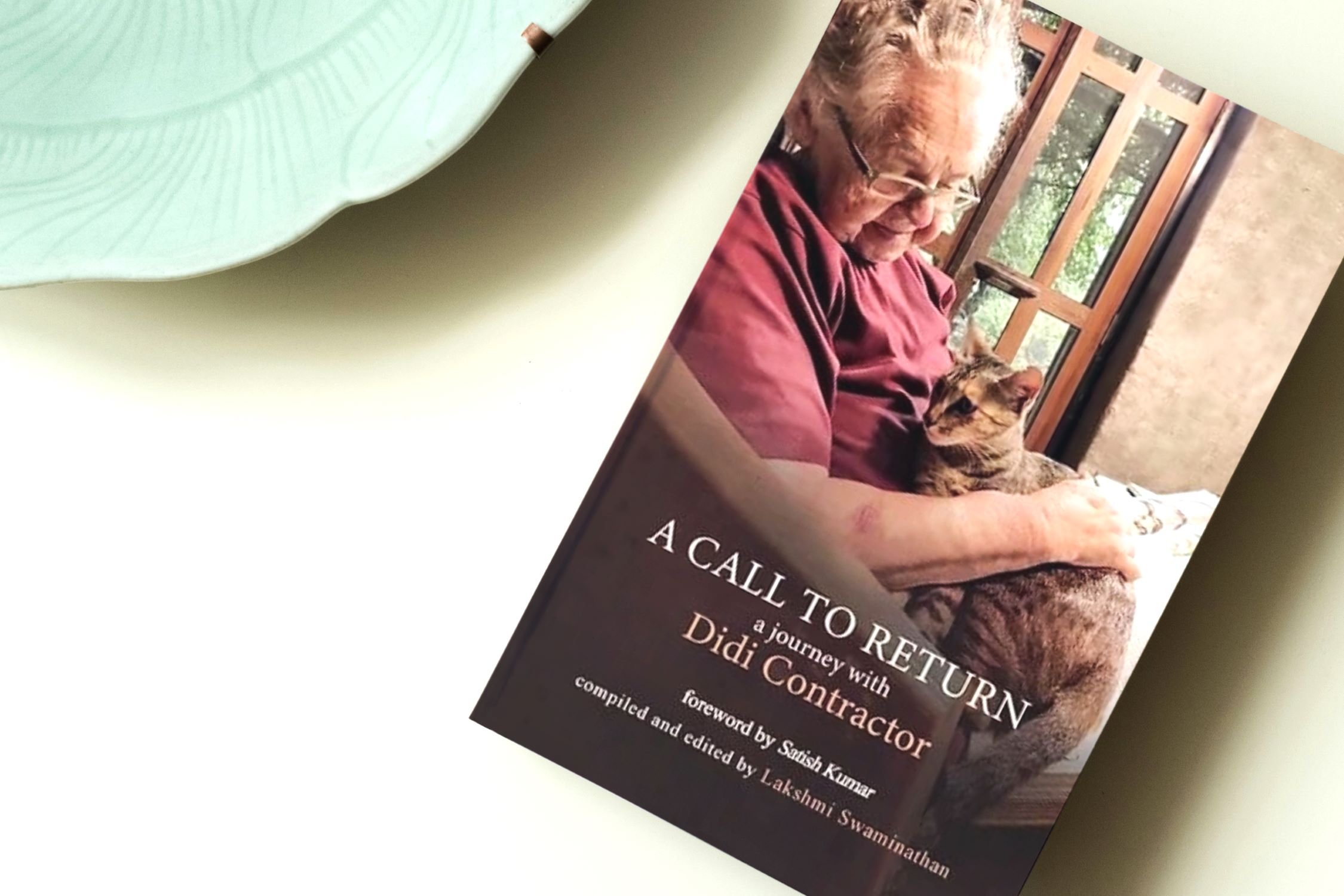
Geethu Gangadhar reviews the book ‘A Call to Return: A Journey with Didi Contractor’, compiled and edited by Lakshmi Swaminathan.
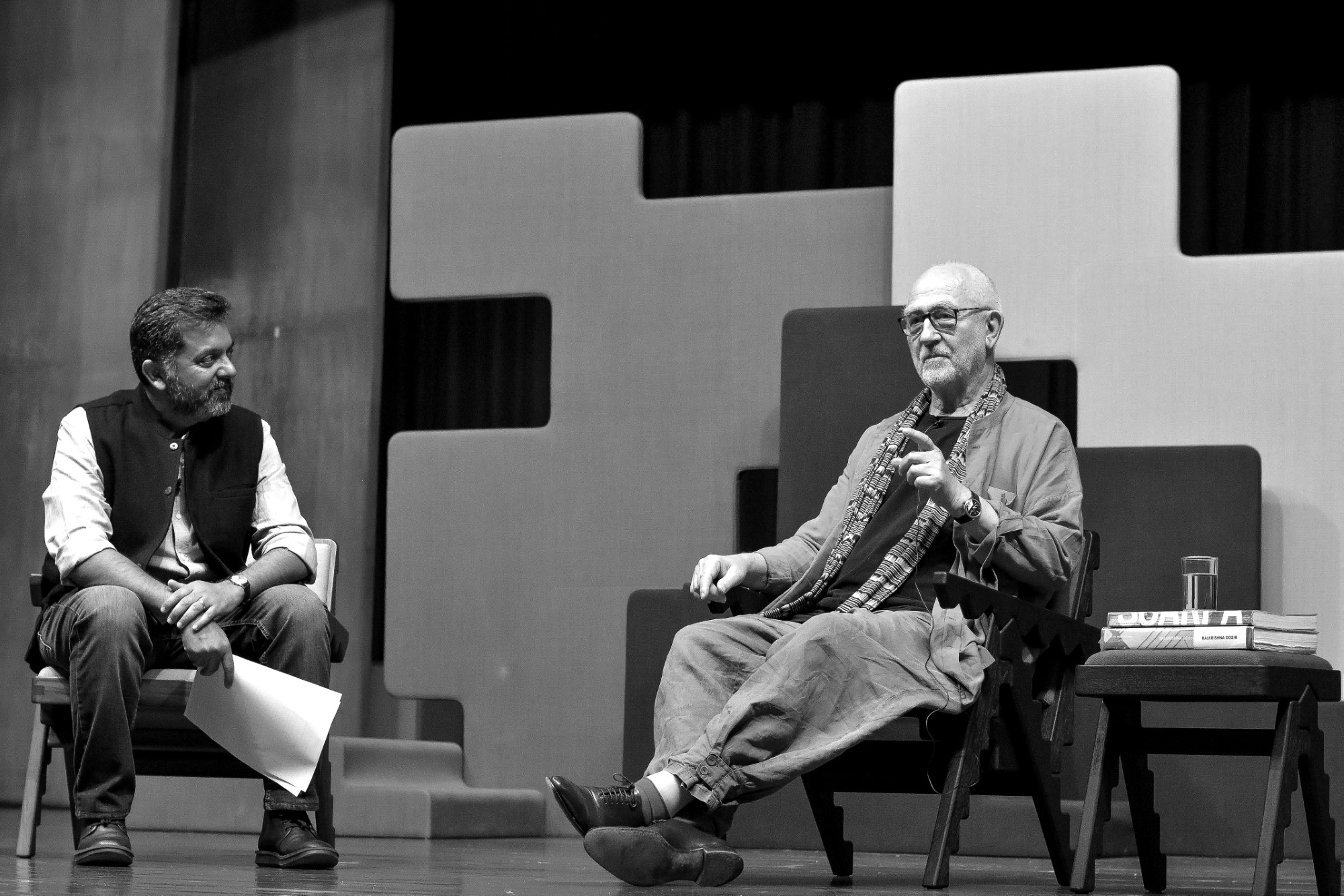
Swissnex in India, in collaboration with SwitzerlandIndia75, hosted the two
renowned architects, Peter Zumthor and Bijoy Ramachandran, to discuss bilateral perspectives on architecture in an open
format, on February 22, 2024.
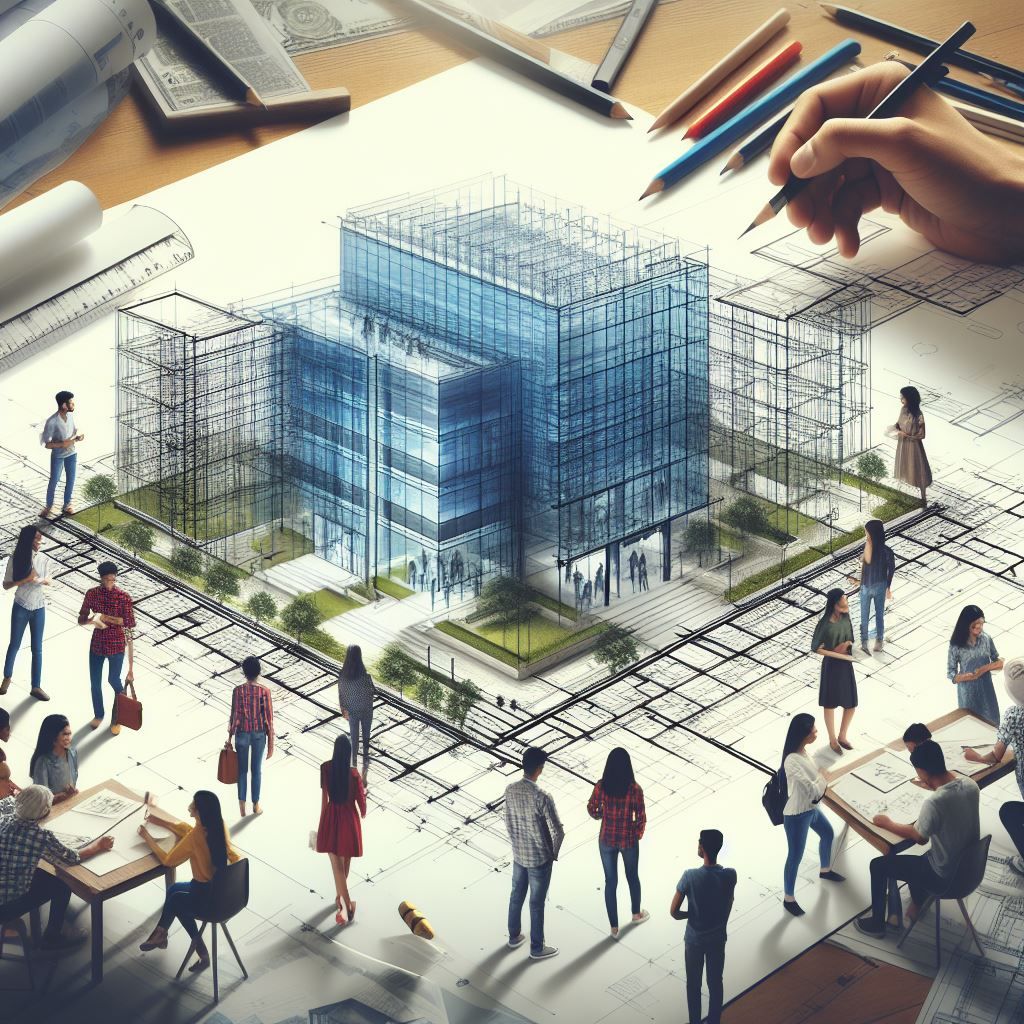
When considering whether to enroll in the course of architecture or not, opinions of the graduates are strikingly divided, as was revealed in a recent Instagram poll. These mixed responses highlight the challenging yet potentially rewarding nature of a career in architecture.
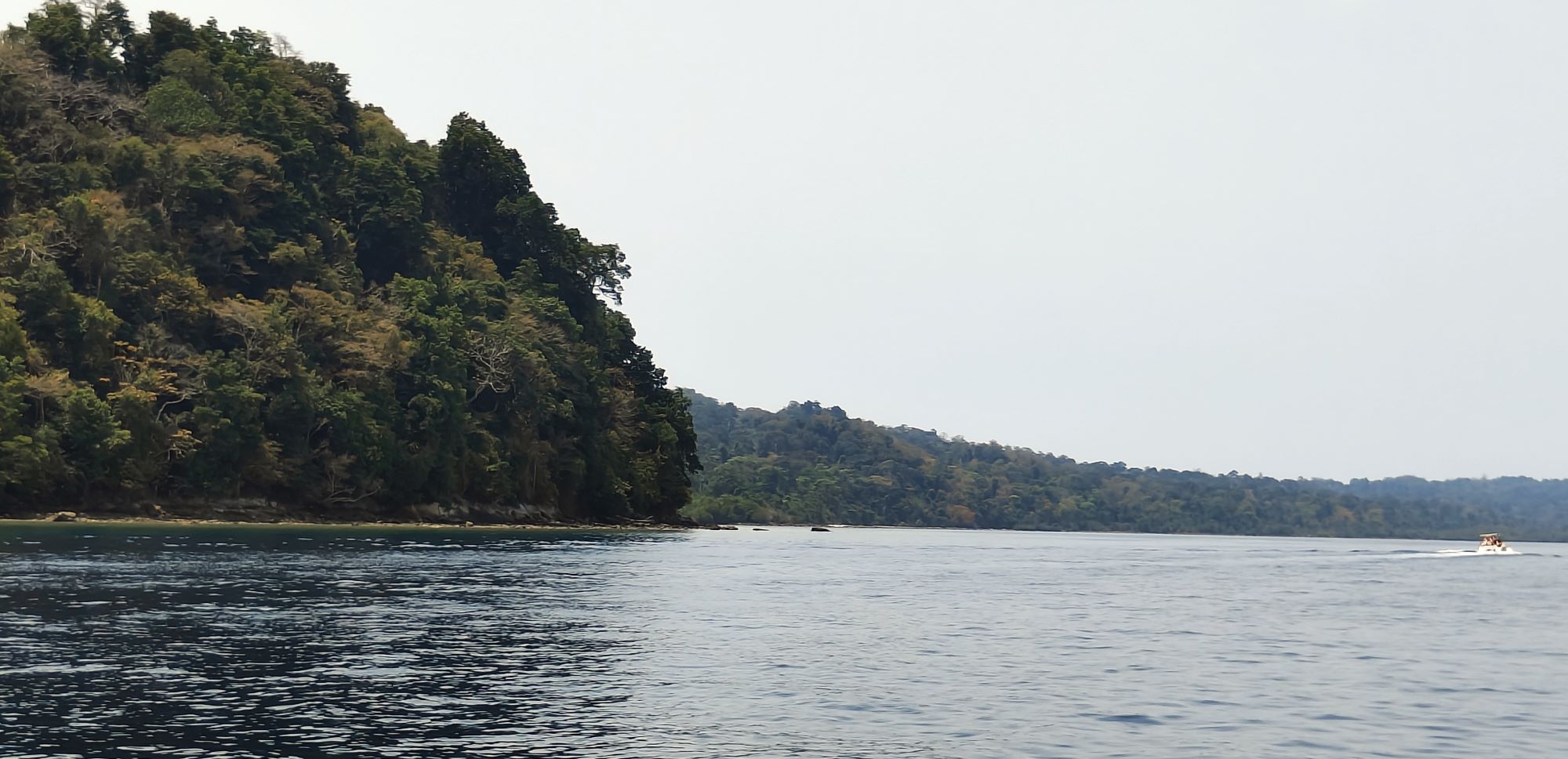
The Andaman and Nicobar Islands, a haven of natural beauty and historical significance, offer a serene escape amidst lush rainforests and pristine beaches. Ar. Suneet Paul writes about these islands which embrace a tranquil atmosphere, despite having a tumultuous past.
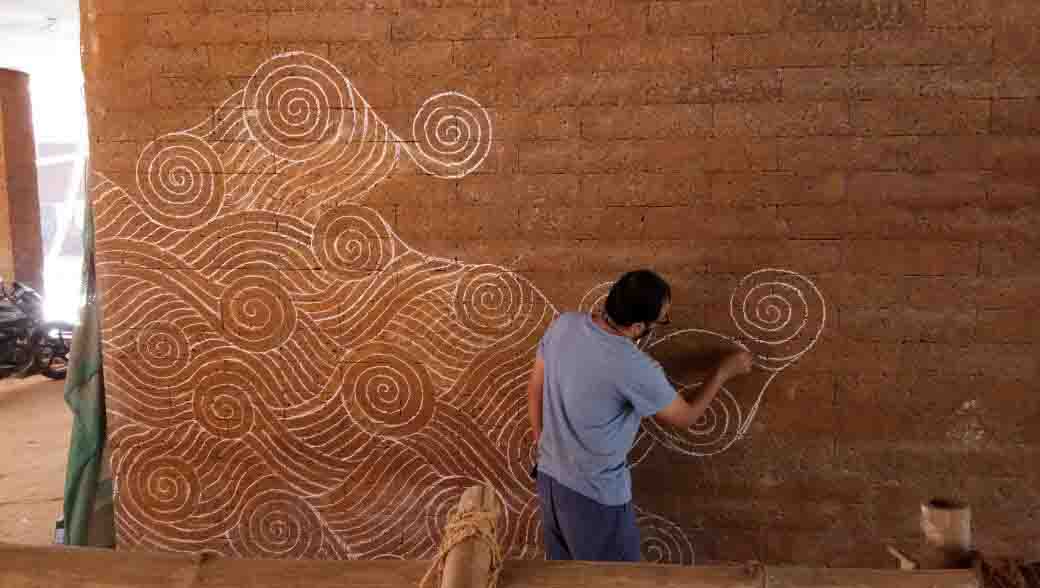
The third article in the series, ‘Looking beyond the architect’, by Deepika Srivastava, focuses on how indigenous crafts can be integrated within built forms by looking at the collaboration between Studio Lotus and Collective Craft to create Krushi Bhawan, the Department of Agriculture and Farmers’ Empowerment of Odisha.

ArchitectureLive! continues with Alimentative Architecture – The fifth in a series of articles by Architect-Poet-Calligrapher H Masud Taj interfacing architecture with food via geometry.
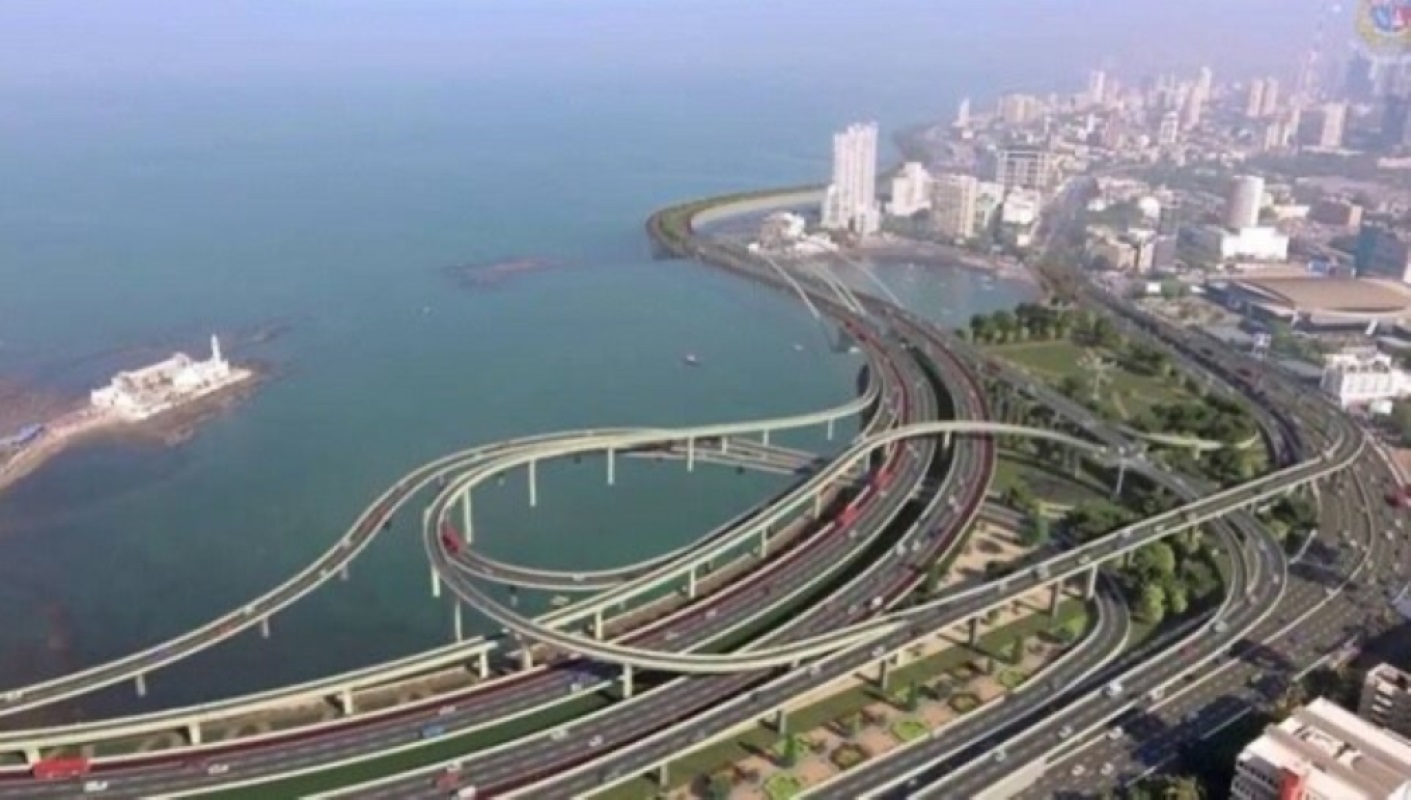
Authored by Mrinalini Ghadiok, as a part of her academic study in May 2023, the essay discusses the Mumbai Coastal Road project and the role of architects in engaging with large-scale development projects in cities. She analyzes how architects can act as both professionals and citizens to influence projects through organized collectives while maintaining individual agency. She further examines different views on an architect’s responsibility to society and how their identity and work in commercial vs. critical practice impacts their ability to effect change.

Harshad Bhatia emphasizes the importance of urban design in enhancing habitats by considering the interdependence between whole and parts over time and that there is no standardized definition of urban design.
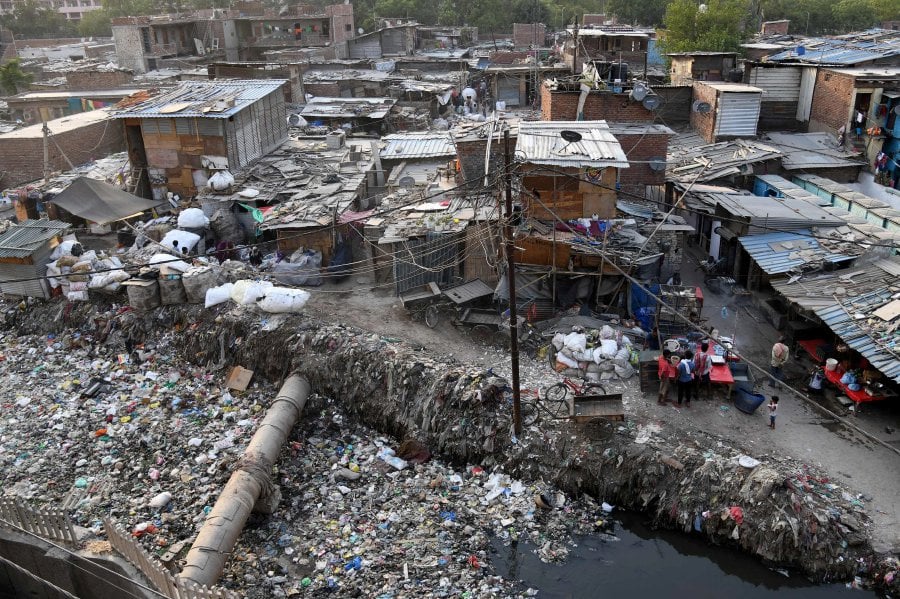
The rapid increase in the population of urban poor and their dwellings in the organically grown neighborhoods, poses a significant challenge to the development of Indian cities and towns. The traditional approach to their rehabilitation involves ‘demolition’ of the existing slum and ‘reconstruction’ elsewhere. Considering this approach, the article seeks to raise the following questions: Do the residents inhabit the newly constructed cost-effective buildings which are devoid of any sense of home, their social network or employment opportunities? And does this ‘upgradation’ really stop the establishment of new slums in the future?

Women constitute nearly half of the construction workforce in the country, and yet their role is overlooked. Through the exhibition ‘Samatva – Shaping the Built’ at the India Art, Architecture, and Design Biennale 2024, this article presents questions urging the architectural fraternity to support the feminist practices nurturing sensitive and able designers leading by example, with hopes that it becomes the industry norms.
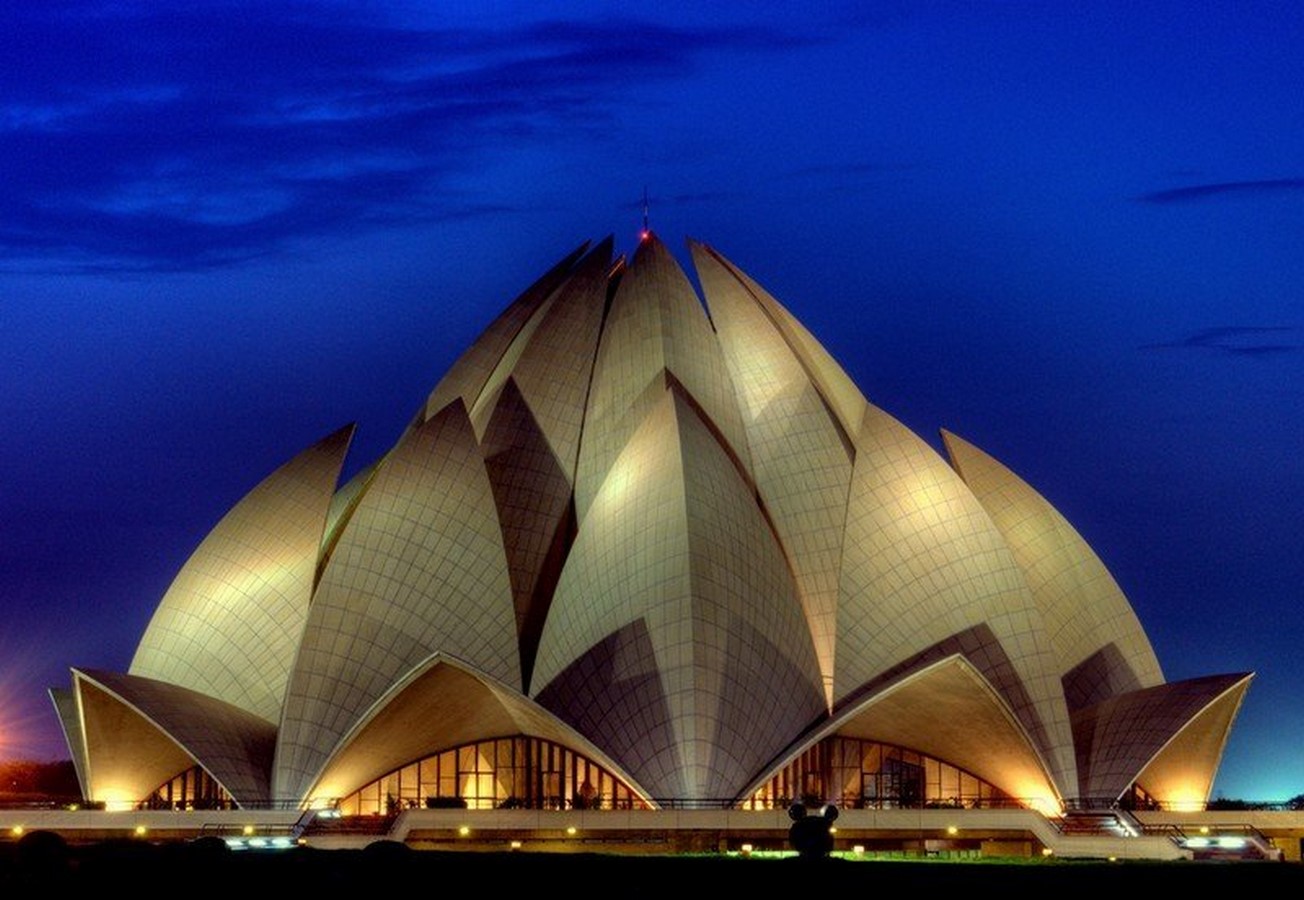
This article concludes the Maverick Shutterbugs 2.0 series- dedicated to visual narrators and architectural photography.
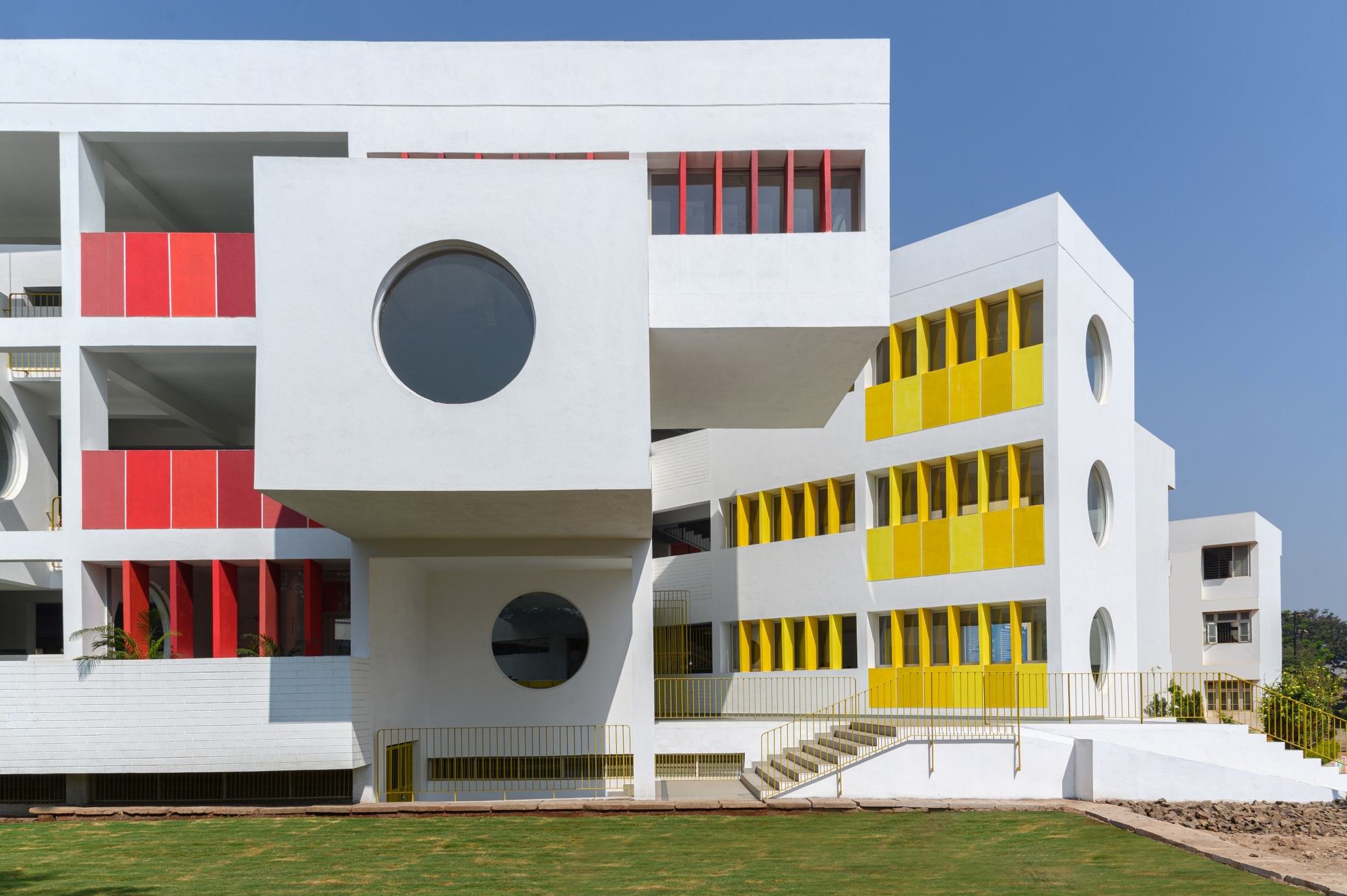
Maverick Shutterbugs 2.0 is a series dedicated to architectural photographers capturing the built environment. This post is a curated compilation of the entries received from public participation.
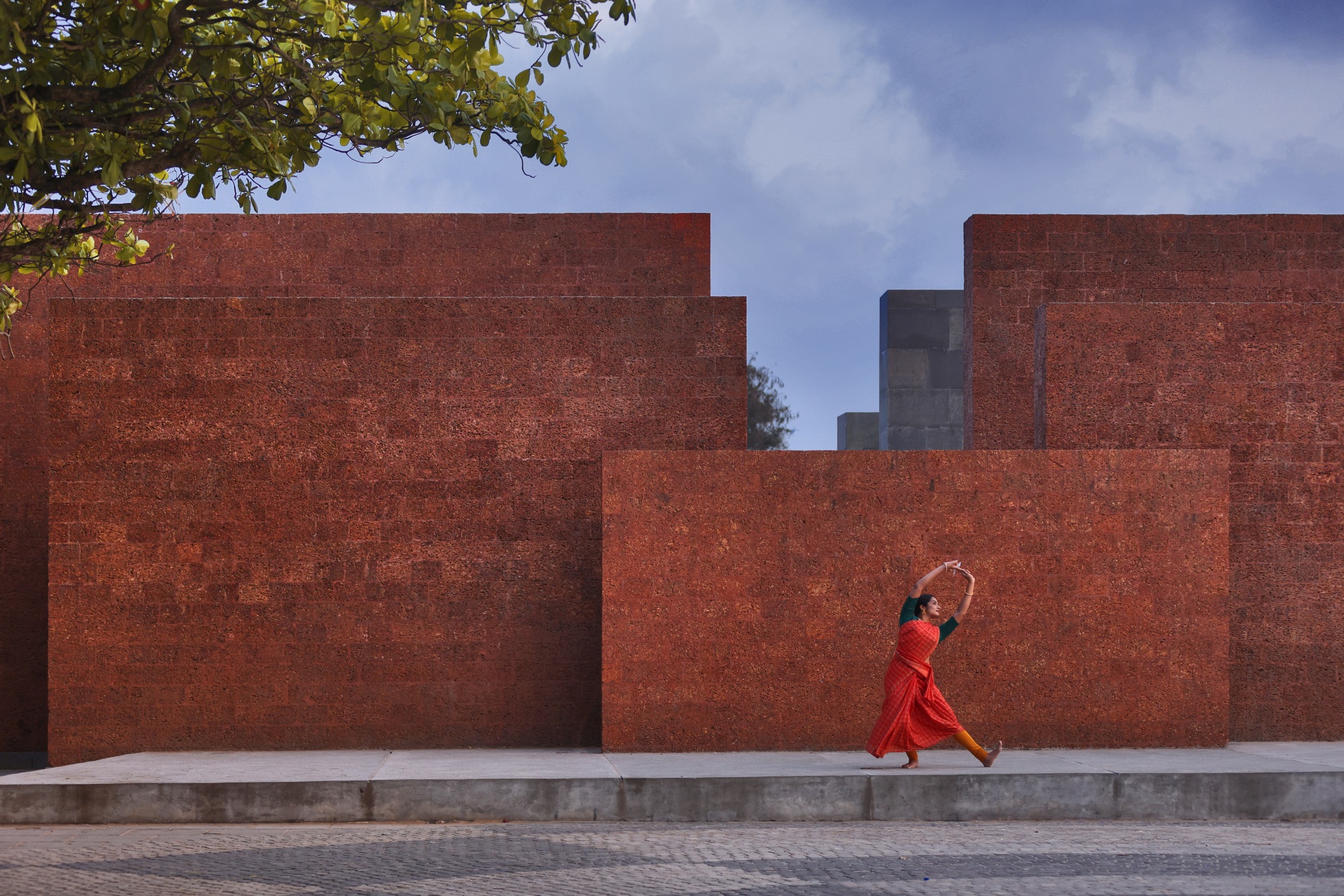
Maverick Shutterbugs 2.0 Features: A collection of photographs clicked by Architectural Photographer Prasanth Mohan in the South Asia region.
Have a story to share?
We are on the constant lookout for immersive, in depth and intriguing stories around architecture and urbanism. If you would like to contribute a story, click on the button below:
// Featured Stories //
Stay inspired. Curious.

© ArchitectureLive! 2024